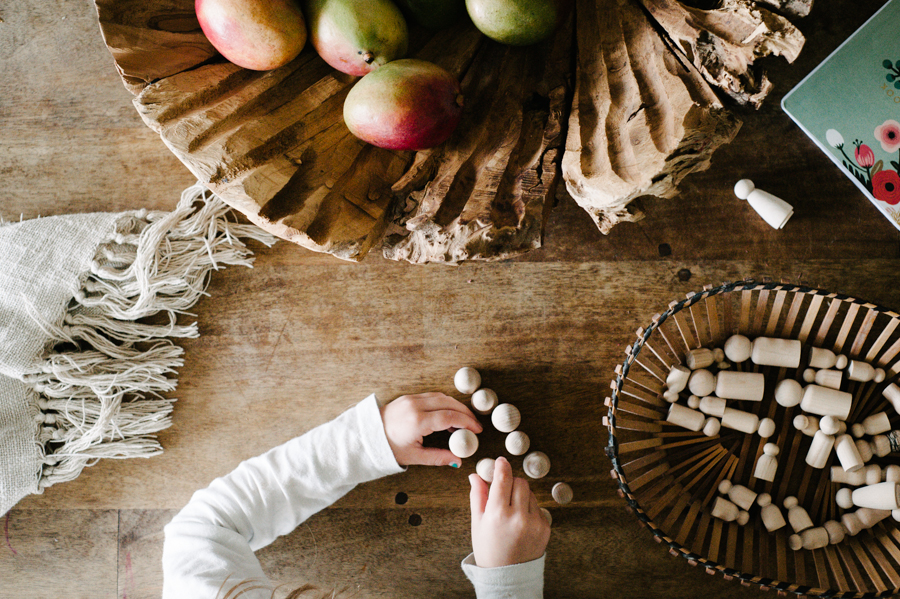
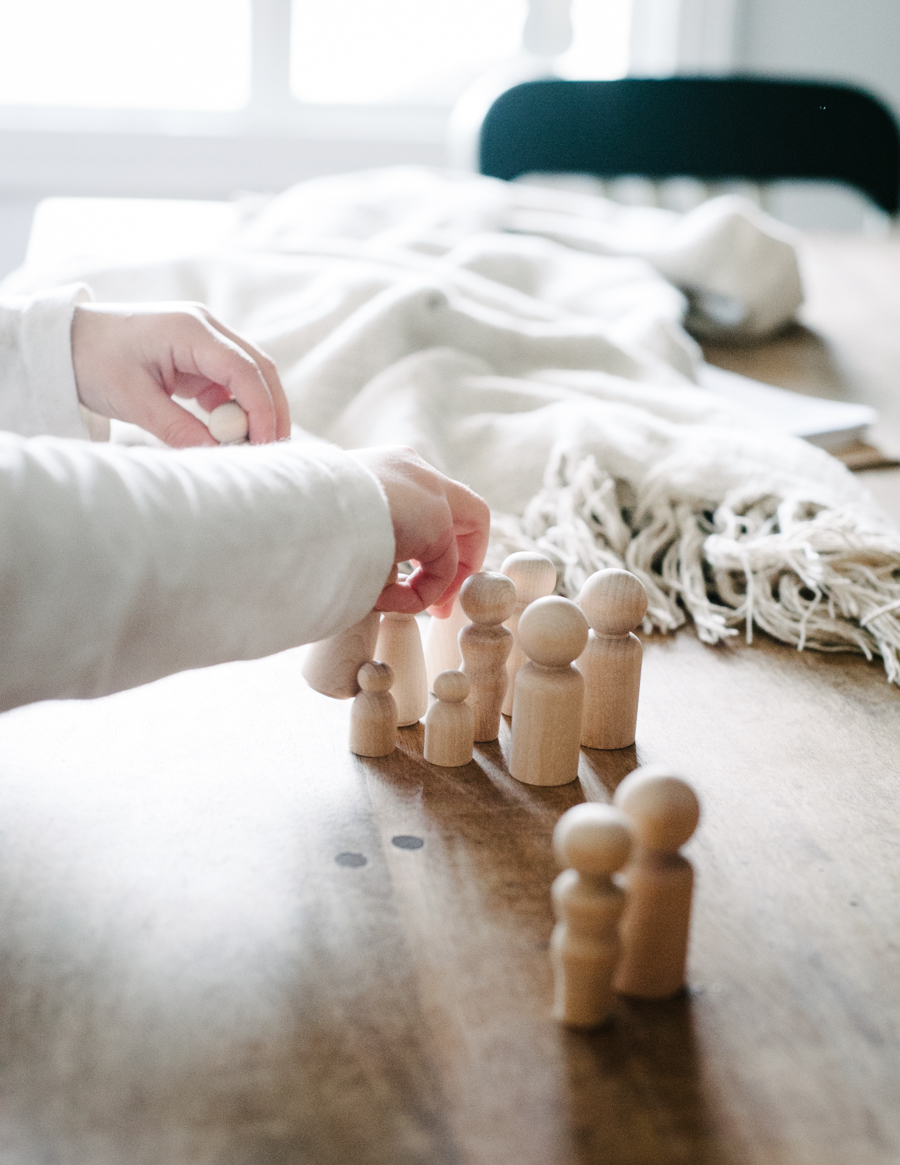
Although I did well in maths growing up, teaching it is an entirely different story. For me, each class during my childhood to early-adult years was a practice of mastering one section of a puzzle without understanding its connection to the next. What I mean to say is: I have never felt intuitive with numbers in the way I do with language, which intimidated me at the beginning of our homeschool journey so many years ago. It might sound odd to feel terrified of teaching Kindergarten maths, but I kind of was when we first began.
Like so many parents who decide to take ownership of teaching their children, when we first decided to homeschool, I began with tons of curriculum research. I was too academically driven at the time for a no-curriculum approach, something I wish I could go back in time and speak more confidence to with my younger self. Instead, I will speak it to you, dear readers, in the event you find yourself terrified of teaching maths (or any other area) to your little ones, too. Do not be afraid.

It is good to know as a parent that every child will take to pencil and paper work differently. Some children will struggle because of dyslexia or dysgraphia or underdeveloped fine motor skills or simply because of the hardship of sitting still for longer period of time. There are only a few things necessary for learning about numbers in the early years (roughly ages 3-6).
If your child loves paperwork, you can begin with most any workbook or curriculum for practice with writing numbers. But maths needn’t be strictly for paper, and in my experience, children will enjoy it more if you begin with a chalkboard and something familiar for play. I keep a small basket of wooden people on a bookshelf, which Olive uses for pretend play, for art, and as it turns out, for math. Anything of this type in your own home will work. Here’s a few ways how:
Counting || You can use anything you have around your house for counting: toys, crayons, blocks, Legos, beans, and so on. Begin with counting forward to 10. When your child can do that, count backward from 10. Move up to 20. And backward. Move up to 30. And backward. Continue until you get to one hundred before you begin equal groups (or skip counting).
Sorting || Practice sorting by shape, color, or any other characteristic you can imagine. This process can be done over and over again with materials already around your home: laundry, blocks, crayons, and so on.
Ordering numbers || Numbers give us order. Use language such as first, second, third, and so on. This is particularly easy in the kitchen. As your child become more familiar with the terms, change it up a bit. “I need to add the carrots second. Do I need to do something before this?” You can use manipulative (such as the wood people), too. Giving oral instructions for your child(ren) to follow. “[named girl] is first in line and [another named girl] is second. Who shall we put third?” This application can work with most any set of instructions around the home.
Drawing || Art and math are intrinsic to one another, and if I’m honest, I didn’t realize how much so until my adult years as a homeschooling parent. As your child learns shapes, you are teaching beginning design and form. Draw often during maths in early years. Encourage your child to draw pictures of their math stories if they enjoy it, or rather look for shapes together in your child’s existing art. Can you find a line? A circle? Rectangle? And so on.
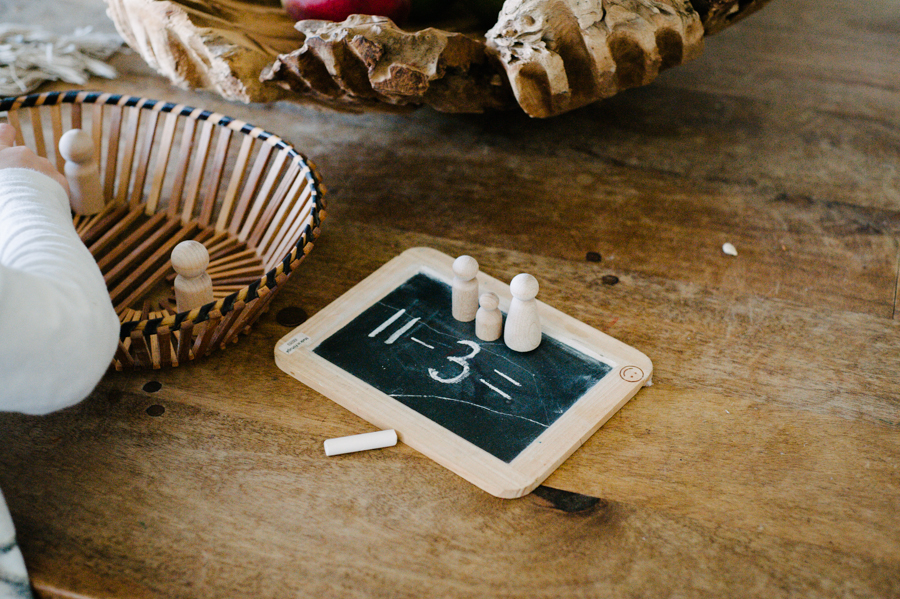

Create number stories || Introduce math operations through stories. Begin with addition. “We have ___ and add ___ more. How many do we have now?” This is the simplest plot that can be elaborated in millions of ways to become more details. When this becomes more comfortable or predictable, add subtraction stories, where something is taken away or disappears. Multiplication story plots (later) always include sharing and equality of groups. Division’s plot (as they grow older) tells of a generous person who is giving all they have away to a specific number of people and wants to make sure they all have equal amounts. You get the idea.
Since we often use our wooden people, Olive will create the story around the people and possibly a road trip or playtime at a friend’s house. I’ll prompt her with questions along the way: “Where are we going? Who is going with us?” I record the numbers on the board and she writes the answer. Now that she is older and has practiced math for a while, I’ll ask her to identify the two primary functions or addition and subtraction on her own. “If more people are coming, what sign do we use?”
Numbers in daily living || Numbers give form to the abstractions of time and space. With numbers we can gauge the seasons, weather, calendar, time of day, how to make a recipe consistently, or know how much something costs to purchase. By them we can travel the world and space or, in the very simplest of ways, bake bread. When possible, I try to connect the importance of numbers in daily living, even still with my older children. Numbers are consistent and absolute, even when they are relative. While your preschooler doesn’t have to understand all of these things yet, these years are wonderful for pointing to numbers in every day life.
math books for littles we’ve loved || Anything by Tana Hoban | How Much is a Million? series | Mat Man | Beas, Snails, & Peacocks

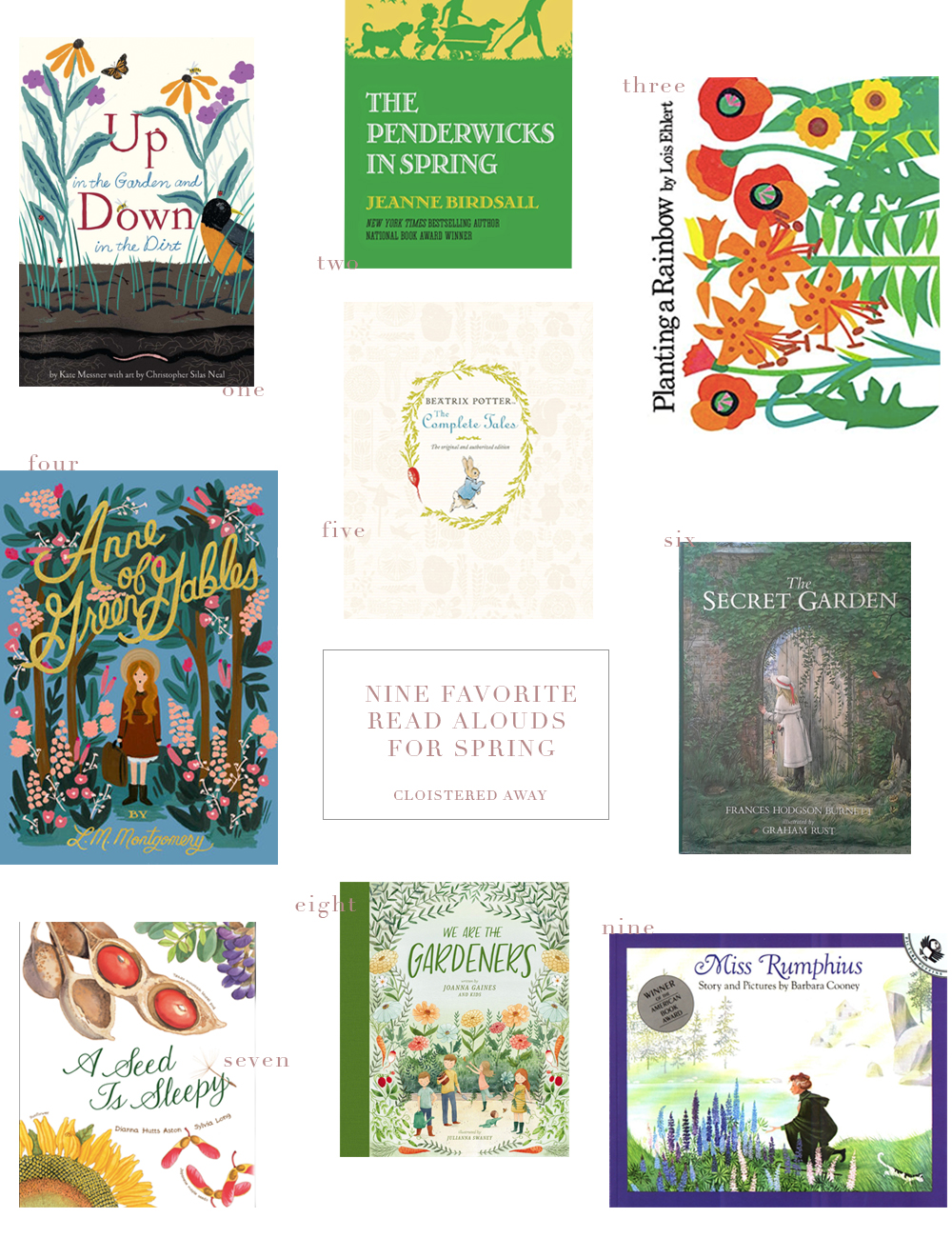
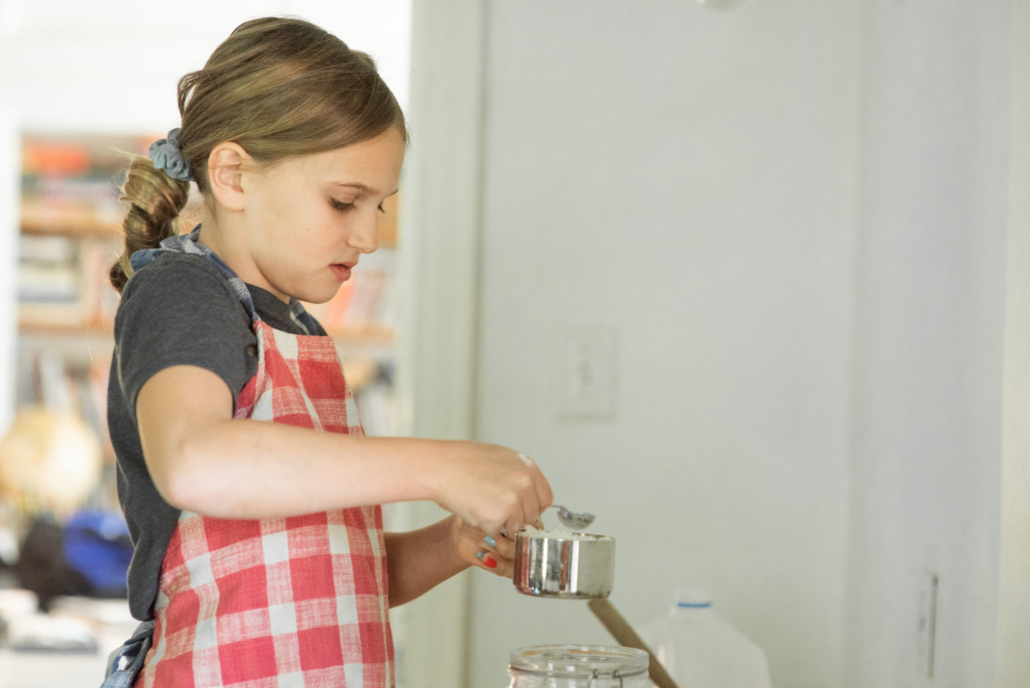
Comments
Pingback: Our Homeschool Year Rhythm + Resource Guide - cloistered away
Bethany,
After age 6 do you recommend a curriculum? (1st grade) I know you use Saxon later but what have you like for the in between ages?
Since we started with Saxon in the beginning at several people’s recommendations, I stuck with it. Over the years, I learned way to improvise or work through lessons differently using Montessori methods. I really love Montessori’s hand-on-approach for younger elementary years and in retrospect wish I had used it more with my boys, who hated paper work. My girls don’t mind as much, and so we just moved forward. It honestly depends child to child. Saxon is thorough program, and I love that over the years, I’m learning how to teach math. But the lessons are lengthy, so we made shortcuts along the way for sanity. ;)
I so love reading about how you homeschool Beth even though I have never walked that path with my children. It teaches me to NOT be so uptight when they don’t hit the set goals that their school sets for them at any specific time because I realise that each child is a gift from God and are all individuals in their own right. Thank you for that perspective.
Lilian, if it’s any encouragement at all, it’s something I’m learning as well, just I go. It’s hard to let loose of the ideas we have for our days. Homeschooling is hard, and I’m learning more and more to be patient with myself in the process. Grace to you as well.
Fabulous… Thank you!
You’re welcome, Claire! I’m glad to hear it’s helpful to you.
Again this is so helpful. I’m looking forward to checking out the books. We’ve only seen Mat Man in that list. Do you have one or two that stand out as first ones to try?
I found most of the Hoban books at the library. They were published a while back, so some of the images feel like books from my childhood, which I don’t mind. They’re specific to whatever you’re looking for: shapes, numbers, patterns, etc. The last one is illustrated by Steve Jenkins, one of my favorites. That one would be good if you’re wanting to see patterns (math concepts) in nature. None of them are overtly math books, but I think ones that all of your children may enjoy flipping through and reading. I have ideas for your older ones, too, but it felt like too much to write at once here. I’ll share soon. ;)